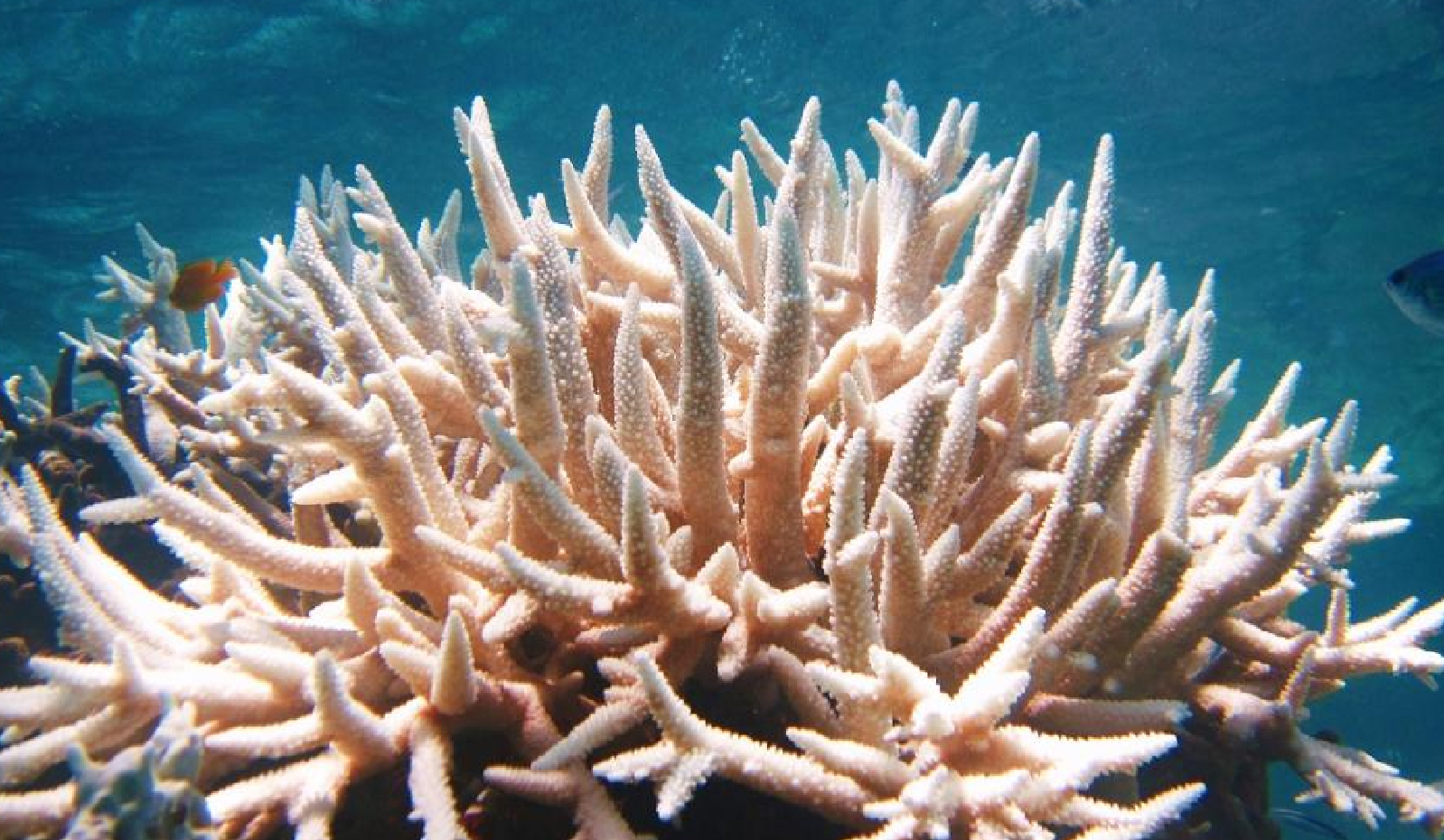World’s First Cryo-Born Baby Corals

- 13 Jan 2025
In News:
World’s First Cryo-Born Baby Corals Successfully Settled on the Great Barrier Reef.
Introduction to Cryo-Born Corals
- Cryo-born corals are created using cryopreservation techniques, which involve freezing coral cells and tissues at very low temperatures.
- The process preserves coral cells by preventing the formation of ice crystals that would otherwise damage them.
- Cryopreservation involves adding cryoprotectants to remove water from cells, enabling their survival during freezing and thawing.
Significance of the Breakthrough
- Climate Change Resilience: The initiative aims to create heat-tolerant corals, which are crucial in combating the impact of rising ocean temperatures due to climate change.
- Selective Breeding Advantage: Cryopreservation allows for controlled breeding and bypasses the limitations of natural coral spawning, which occurs only once a year. This enables multiple reproduction cycles without disturbing wild populations.
The Process of Cryo-Born Coral Production
- Sperm Collection: During coral spawning events, sperm from various coral species is collected and frozen at -196°C using liquid nitrogen, halting metabolic processes.
- Coral Egg Fertilization: Cryopreserved sperm is used to fertilize fresh coral eggs, which are grown in a specialized research facility called the National Sea Simulator.
- Coral Cradles: After growth, the cryo-born corals are carefully transported and settled into specially designed "coral cradles" placed in the Great Barrier Reef, where their growth is monitored during their critical first year.
Importance of Cryo-Born Corals in Reef Restoration
- The primary aim is to introduce millions of heat-tolerant corals annually to restore reefs affected by climate change.
- The Taronga CryoDiversity Bank houses the world’s largest frozen coral sperm collection from 32 coral species, collected annually since 2011, providing a resource for future restoration efforts.
Coral Reefs: An Overview
- Corals are marine invertebrates from the class Anthozoa, phylum Cnidaria.
- Reefs are built by colonies of coral polyps that secrete limestone skeletons and rely on symbiotic algae (zooxanthellae) for nutrition.
- Coral reefs are typically found in shallow, sunlit waters with a temperature range of 16-32°C and depths less than 50 meters.
Global and Indian Coral Conservation Efforts
- India:
- The National Committee on Wetlands, Mangroves, and Coral Reefs (1986) advises on conservation measures.
- The Environment (Protection) Act (1986) prohibits the use of coral and sand in construction.
- Zoological Survey of India (ZSI) uses Biorock technology for coral restoration.
- Global Efforts:
- CITES lists coral species in Appendix II, regulating coral trade.
- The World Heritage Convention designates coral reefs as protected sites.
Global Impact and Future Directions
- The innovative work by Australian scientists opens the door for large-scale restoration efforts by allowing more controlled breeding and genetic diversity, making corals more resilient to climate change.
- This breakthrough could revolutionize coral restoration, scaling up efforts to introduce millions of resilient corals to reefs worldwide, building long-term resilience against climate change.
